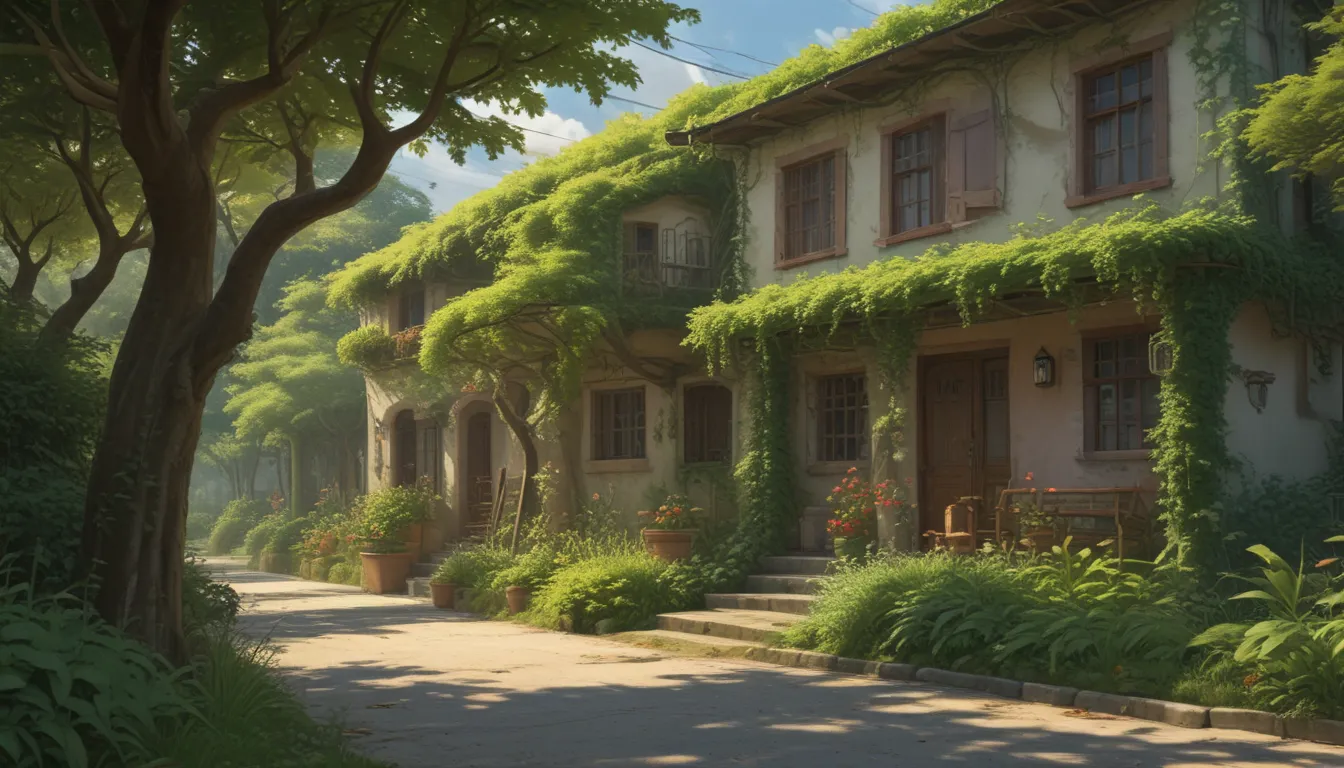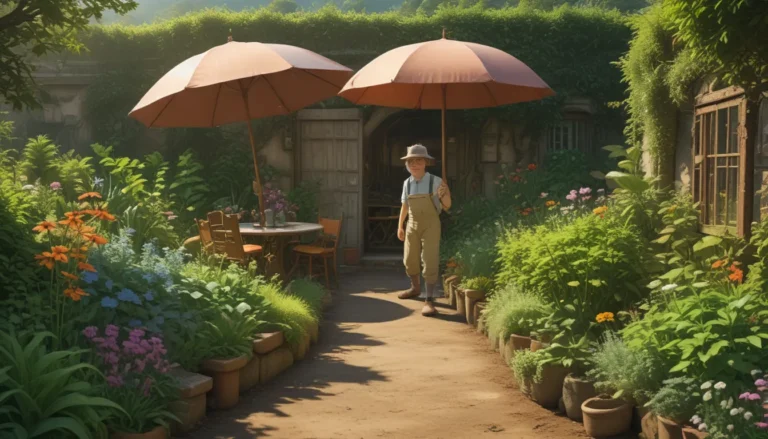Native Vines to Enhance Your Landscape

Are you looking to add some greenery and beauty to your garden or landscape? Vines can be a fantastic addition, whether used to climb trellises, lattice arbors, or simply to add a touch of nature to your surroundings. If you’re considering planting a native vine, you’re in luck! These plants are known for being relatively low-maintenance and can thrive in their natural habitats.
In this article, we’ll explore a variety of native vines that you can consider for your landscape. From fragrant climbers to fast-growing evergreens, there’s a vine out there for every preference and gardening style. Let’s dive into some profiles of native vines that you may want to add to your outdoor space.
Ampelaster carolinianus (Climbing Aster)
The Climbing Aster is a fragrant vine that can grow up to 12 feet long. It thrives in sun to partial shade and moist soil, making it a versatile plant for various environments. With pink/purple blooms in late summer to mid-fall, this vine is sure to attract butterflies and birds to your garden. Just be cautious, as it can be invasive, so keep an eye on its growth and spacing.
Aristolochia macrophylla Lam. (Pipevine)
The Pipevine is a strong and sturdy vine that can reach impressive lengths of 20-30 feet. With non-noticeable bronze flowers in late summer, this plant is a favorite among butterflies and the Pipevine Swallow bird. To propagate this fast climber, consider dividing its root ball and providing a stout trellis for support.
Bignonia capreolata L. (Crossvine)
For a fast-growing evergreen vine, consider the Crossvine. With tubular flowers in shades of red, yellow, orange, and purple, this plant is a colorful addition to any landscape. Blooming from late April to May, the Crossvine thrives in full sun and can reach up to 15 feet in length.
Campsis radicans (L.) Seem. ex Bureau (Trumpet Creeper)
The Trumpet Creeper is a fast-growing woody vine with trumpet-shaped flowers that can attract hummingbirds to your garden. Growing up to 40 feet long, this plant requires full sun and rich moist soil for optimal growth. Just beware of its potential invasiveness and skin irritant properties when handling.
Clematis crispa (L.)
With blue, pink, lavender, or white bell-shaped flowers, the Clematis crispa is an elegant addition to any garden. Growing to heights of 6-10 feet, this vine prefers partial to full shade and dies off every year. Keep an eye out for its hedgehog-like seed heads for added visual interest.
Clematis virginiana L. (Devil’s Darning Needles, Virgin’s Bower)
The Clematis virginiana is a rapid grower that can reach heights of around 18 feet. With white flowers blooming late summer to fall, this vine prefers full sun or partial shade for optimal growth. Its delicate blooms have a faint fragrance, making it a charming addition to any garden.
Cocculus carolinus (L.) DC. (Carolina Coralbead)
The Carolina Coralbead vine grows 10-12 feet long and features pale green blooms in the summer, followed by red berries in the fall. With shiny deciduous foliage, this plant adds visual interest to your landscape. Just be cautious, as all parts of this vine are poisonous if ingested.
Gelsemium sempervirens (L.) St. Hil. (Evening Trumpetflower, Carolina Jessamine)
The Evening Trumpetflower vine can reach heights of up to 20 feet, making it a striking addition to arbors and walls. With bright yellow flowers appearing in mid-spring, this fragrant plant is a favorite among bees, butterflies, and hummingbirds. Remember to divide the root ball for propagation and be aware that some parts of this plant are poisonous if ingested.
Lonicera sempervirens L. (Coral Honeysuckle, Trumpet Honeysuckle)
The Coral Honeysuckle vine is a wildlife-friendly plant that can grow up to 15 feet in length. With red or yellow trumpet-like flowers and a fragrant aroma, this vine is a favorite among bees, birds, and butterflies. Propagate this vine from stem cuttings, but be cautious, as some parts of it are poisonous.
Mikania scandens (L.) Willd. (Climbing Hempvine)
The Climbing Hempvine can reach lengths of up to 15 feet and features smoky pale pink or white flowers in late summer to mid-fall. Preferring full sun, this vine has herbaceous foliage and can be invasive if not properly managed. Divide the root ball for propagation and enjoy its delicate blooms.
Parthenocissus quinquefolia (L.) Planch. (Virginia Creeper)
The Virginia Creeper vine grows 6-8 feet long and requires a spacing of 3-4 feet. With variegated deciduous foliage and blue-black berries in late summer, this vine adds texture and color to your landscape. Be cautious when handling this plant, as it may cause skin irritation.
Passiflora incarnata L. (Purple Passionflower)
The Purple Passionflower vine is a hardy and fast-growing plant that can reach heights of up to 12 feet. With tendrils to climb and beautiful white flowers with purple filaments, this vine adds a whimsical touch to any garden. Preferring full to partial shade, this vine will die back in winter.
Wisteria frutescens (L.) Poir. (American Wisteria)
The American Wisteria vine can grow up to 20 feet tall and has a spread of 12 feet. With blue or purple fragrant blooms in mid-spring, this vine is a woody member of the bean family. Plant this vine in sun or partial shade for optimal growth, but be cautious, as the plant and seeds are poisonous if ingested.
These native vines offer a variety of options for adding beauty and greenery to your landscape. Whether you’re looking for fast-growing climbers, fragrant blooms, or wildlife-friendly plants, there’s a vine out there for every garden. With proper care and maintenance, these native vines can thrive in your outdoor space and bring joy to both you and the local wildlife.
So, next time you’re planning your garden or landscape design, consider incorporating some of these native vines for a touch of natural beauty and charm. Happy gardening!





